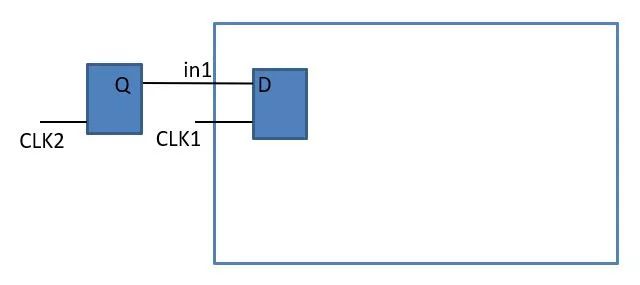1 setup time
Setup time (建立时间)是数据信号(D)在时钟事件(这里以时钟上升沿为例)发生之前保持稳定的最小时间。以便时钟可靠地对数据进行采样。适用于同步电路,如触发器(flip-flop)。

2 hold time
Hold time (保持时间) 是数据信号(D) 在时钟事件(这里以时钟上升沿为例)发生之后保持稳定的最小时间。

3 Propagation Delay
信号传播延时(Propagation Delay),以反相器(Inverter)为例,A输入信号变化(0-1的50%)为开始,到Z输出信号变化(1-0的50%)所需的时间称为Tf, A输入信号变化(1-0的50%)为开始,到Z输出信号变化(0-1的50%)所需的时间称为Tr。
Output fall delay (Tf)
Output rise delay (Tr)

# Threshold point of an input falling edge: input_threshold_pct_fall : 50.0; # Threshold point of an input rising edge: input_threshold_pct_rise : 50.0; # Threshold point of an output falling edge: output_threshold_pct_fall : 50.0; # Threshold point of an output rising edge: output_threshold_pct_rise : 50.0;
审核编辑:刘清
-
触发器
+关注
关注
14文章
2000浏览量
61132 -
时序分析
+关注
关注
2文章
127浏览量
22565 -
同步电路
+关注
关注
1文章
60浏览量
13310
原文标题:时序分析的基本概念(1)
文章出处:【微信号:leezym0317,微信公众号:FPGA开源工作室】欢迎添加关注!文章转载请注明出处。
发布评论请先 登录
相关推荐
时序分析基本概念
时序分析基本概念介绍

FPGA设计中时序分析的基本概念
时序分析基本概念介绍—Timing Arc

时序分析基本概念解析





 时序分析的基本概念
时序分析的基本概念




















评论